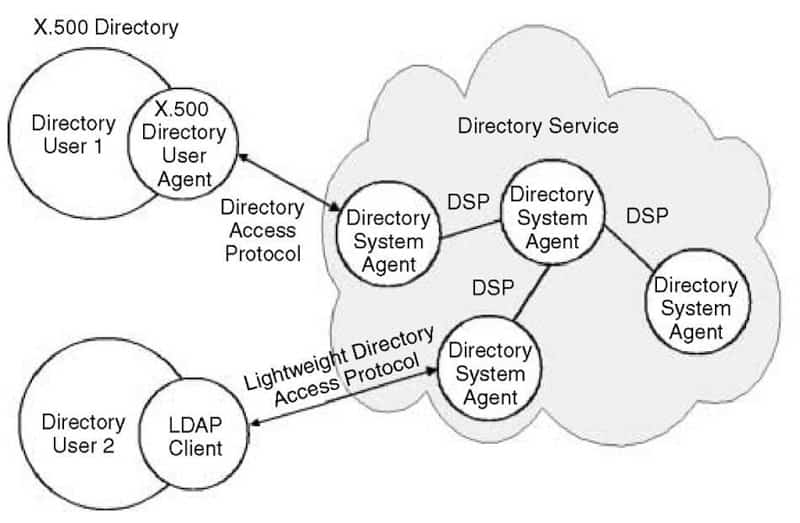Directory Service is a tool for locating, managing, and organizing network resources, which can include volumes, folders, files, printers, users, groups, and other objects.
A directory service is a core component of a network operating system (NOS) and functions much like the yellow pages of a phone book. For example, if you look up “printers,” you’ll find a list of available printers and information for accessing them.
However, for a directory service to function like a network yellow pages, it must be combined with a complementary entity, the directory database.
The directory database is the hierarchical database structure that contains the actual information about the various resources on the network. In other words, you need a directory database, which contains the directory information, and a directory service, which allows you to search for and locate information stored in the directory. For simplicity, however, the terms “directory” and “directory service” are often used to refer to the combination of directory and directory service.

Examples of directory services produced by different vendors and standards bodies include the following:
- Windows NT Directory Services (NTDS) for Windows NT
- Active Directory for Windows
- Novell Directory Services (NDS) for Novell NetWare version 4.x
- X.500, an International Organization for Standardization/International Electrotechnical Commission (ISO/IEC) standard for directory services
An enterprise-level directory service (a service suitable for an enterprise-level network with thousands of users that is spread over a large geographical area) has the following essential characteristics:
- It is scalable so that it can grow to accommodate information and provide services as the enterprise itself grows.
- It is extensible with a schema that can be modified by adding new classes, objects, and attributes.
- It provides simple ways of finding directory objects that are based on industry standards such as X.500, Lightweight Directory Access Protocol (LDAP), and Domain Name System (DNS).
- It can be administered from a single point on the network.
Active Directory for Windows satisfies all these conditions.